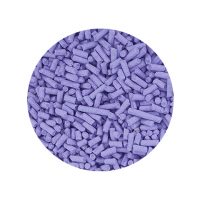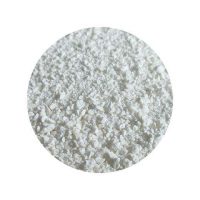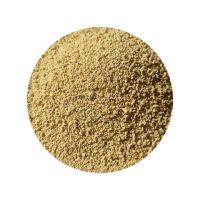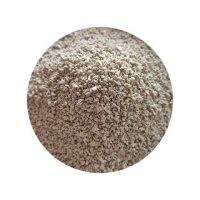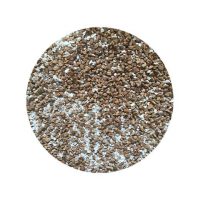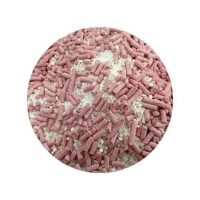If you’ve accidentally flushed or washed cat litter down a drain, it may have clogged your plumbing, leaving you wondering what dissolves cat litter in a drain.
Whether it’s in the toilet, shower, or sink, cat litter can be tricky to remove due to its clumping properties, especially if it’s hardened over time.
In this article, we’ll walk through effective methods to clear cat litter blockages and prevent them from happening in the future. We’ll also discuss common myths and the best practices to protect your plumbing.
Why You Shouldn’t Flush Cat Litter?
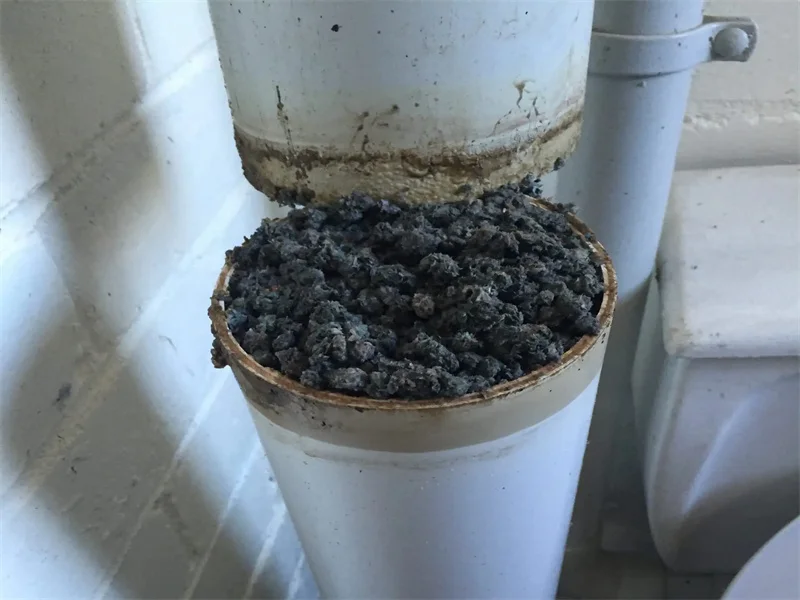
Flushing cat litter might seem like a simple way to dispose of it, but it’s a mistake that can lead to severe plumbing problems. Most cat litters, particularly clay-based varieties, are designed to absorb moisture and expand, making them harmful for drains.
“Does cat litter dissolve in water?”
No, most types do not dissolve, especially clay-based ones. Even some biodegradable litters take a long time to break down. Crystal litters, which are silica-based, also do not dissolve and can worsen the clogging issue.
Cat litter that dissolves urine may be marketed as flushable, but even these litters aren’t safe for most plumbing systems.
They are designed to dissolve in the presence of liquid, but often fail when combined with drain blockages.
What Dissolves Cat Litter in a Drain: Step-by-Step Methods
When dealing with a clogged drain due to cat litter, it’s important to use safe methods that won’t harm your pipes. Let’s walk through four effective ways to dissolve or remove cat litter from a drain.
Method 1: Hot Water and Dish Soap
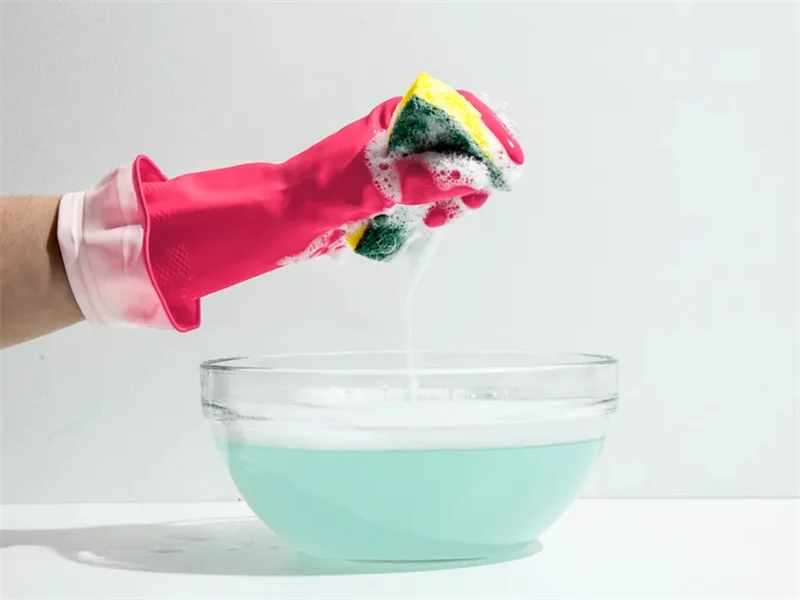
This method works best if the clog is recent and hasn’t hardened. It helps break down the litter, especially if it’s biodegradable.
Steps:
- Boil a large pot of water.
- Pour a generous amount of dish soap into the drain. Dish soap helps lubricate the drain and break down grease or sticky residue from the litter.
- Slowly pour the boiling water into the drain. The heat will help dissolve cat litter that’s starting to clump.
- Let it sit for 10-15 minutes.
- Run hot water from the tap for several minutes to flush any remaining debris.
Things to note:
- Avoid using boiling water in PVC pipes, as extreme heat can damage them.
- If the cat litter clog is deep in the pipes, this method may not work fully.
Method 2: Baking Soda and Vinegar Reaction
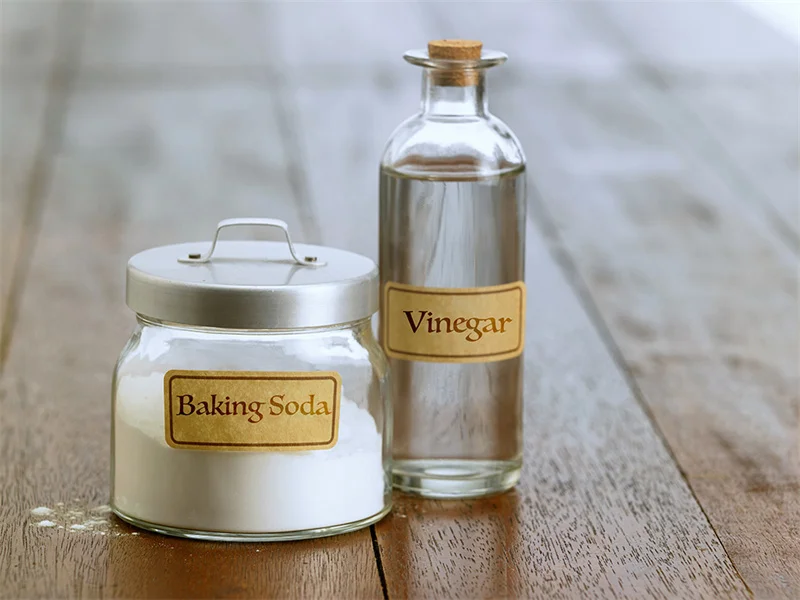
This method creates a fizzing chemical reaction that can help break down soft clogs, and it’s an environmentally friendly solution.
Steps:
- Pour 1 cup of baking soda directly into the drain.
- Follow this with 1 cup of vinegar. You may wonder, “Does vinegar dissolve cat litter?” It doesn’t fully dissolve cat litter, but the reaction between baking soda and vinegar can break down some components.
- Immediately cover the drain to keep the fizzing action concentrated.
- Let the mixture sit for 30 minutes.
- Flush with hot water to clear out the remaining litter particles.
Things to note:
- This method works better for soft clogs or as a preventative measure.
- “How fast does vinegar dissolve cat litter?”
It doesn’t fully dissolve it, but it can help loosen debris when combined with baking soda.
Method 3: Enzyme-Based Drain Cleaners
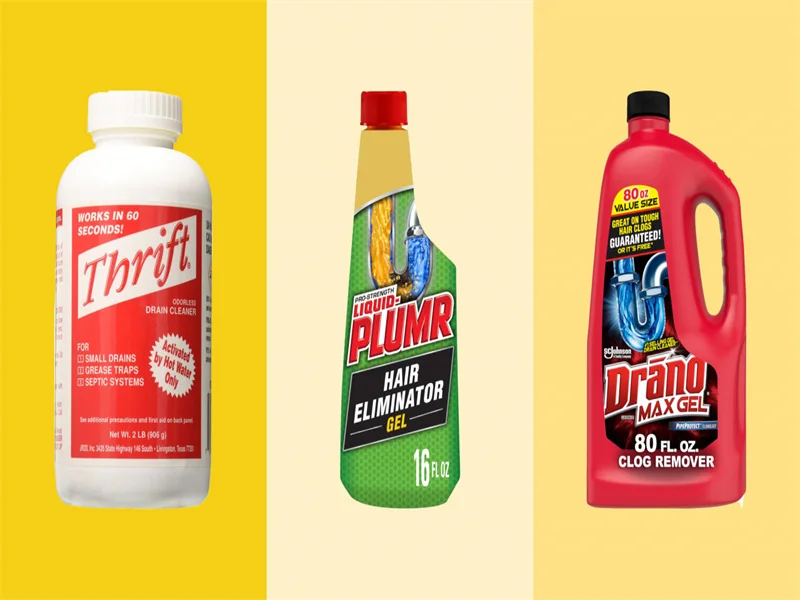
Enzyme cleaners are a great solution for biodegradable cat litters that may be causing a blockage.
Steps:
- Purchase an enzyme-based drain cleaner from your local hardware store. These cleaners contain bacteria that naturally break down organic material.
- Follow the instructions on the product, which typically involve pouring a specific amount into the drain and letting it sit for several hours or overnight.
- After the waiting period, flush the drain with hot water.
Things to note:
- Enzyme cleaners work slowly, so this is not an instant fix.
- They are safe for your pipes and the environment, making them ideal for recurring clogs.
- Does cat litter dissolve in water?
Most don’t, but enzyme cleaners can break down the organic material found in certain types of litter.
Method 4: Manual Removal with a Plumbing Snake
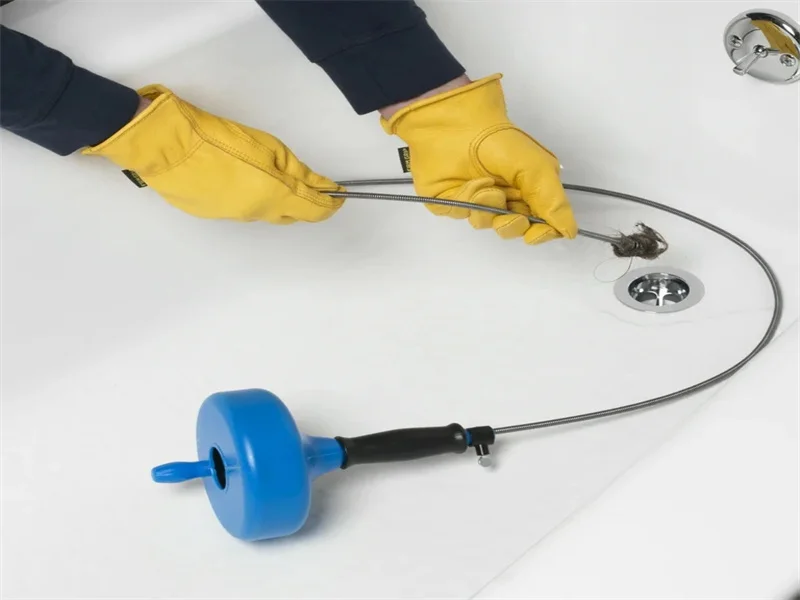
For more severe clogs, manually removing the litter with a plumbing snake or auger might be necessary.
Steps:
- Insert a plumbing snake into the drain and carefully rotate it to grab onto the blockage.
- Slowly pull the snake back out, removing any litter or other debris that’s stuck.
- Repeat the process until the drain is clear.
- Run hot water to ensure the blockage has been fully cleared.
Things to note:
- This method is more invasive and should be done with caution to avoid damaging your pipes.
- If you’re dealing with hardened litter, “how to dissolve hardened cat litter” can be challenging—sometimes manual removal is the only option.
Preventive Tips for Avoiding Cat Litter Clogs
Preventing cat litter from getting into your plumbing is much easier than fixing a clogged drain. Here are some preventive measures:

- Use Litter Liners: Placing liners in your litter box can prevent the litter from accidentally being washed or flushed down a drain.
- Proper Disposal: Always dispose of cat litter in a trash can, not the toilet. Even if the packaging claims it’s flushable, avoid flushing any type of litter to reduce the risk of clogs.
- Drain Strainers: Install a drain strainer in your sink or shower to catch any stray litter particles before they enter the pipes.
- Regular Plumbing Maintenance: Periodically use baking soda and vinegar to maintain clear drains. This can help prevent small blockages from becoming bigger problems.
When to Call a Professional?
If you’ve tried the above methods and the drain remains clogged, it may be time to call a professional plumber.
Severe clogs can lead to long-term plumbing issues, and professional help ensures that the blockage is cleared without causing additional damage.
Will Drano dissolve cat litter?
It’s not recommended to use chemical drain cleaners like Drano, as they can damage your pipes without fully dissolving the cat litter.
FAQs
Does vinegar dissolve cat litter?
No, vinegar does not fully dissolve cat litter, but it can help loosen clogs when combined with baking soda.
Can cat litter dissolve in water?
Most cat litters do not dissolve in water, particularly clay-based varieties. Biodegradable litters may break down, but even these should not be flushed.
How to dissolve cat litter in a toilet?
Avoid flushing cat litter altogether. However, if it accidentally happens, try using hot water and dish soap to break up the blockage or call a professional plumber.
How to dissolve cat litter in a drain?
Use safe methods like hot water and dish soap, baking soda and vinegar, or enzyme-based cleaners to dissolve the litter without harming your pipes.
Does crystal cat litter dissolve?
No, crystal cat litter (silica-based) does not dissolve in water or drain cleaners, making it particularly difficult to remove from plumbing systems.
How do you remove dried cat litter?
To remove dried cat litter, especially from hard surfaces, start by scraping off as much of the dried litter as possible using a plastic scraper. For litter in drains, flush the area with hot water and dish soap to soften the dried material. If the litter is stuck in a drain, you may need to use a plumbing snake or an enzyme-based cleaner to break it down. For large amounts or hardened clogs, manual removal may be the only option.
Conclusion
Knowing “what dissolves cat litter in a drain” is essential to avoid long-term plumbing damage.
By following these safe, effective methods, you can tackle clogs caused by cat litter, whether in your toilet, shower, or sink.
Prevention, however, is the best solution—always dispose of cat litter properly and keep it far away from your drains.
If you have any questions, please leave a message, or if you are interested in our products, you can also browse our website to discover more products.


